The Ups and Downs of Using Camera Traps for Wildlife Photography
Canadian wildlife photographer Andrew Budziak has released the second episode in his new video series, “Edge of Frame.” The six-part series follows Budziak on a journey across Canada to capture beautiful urban wildlife photography.
The first episode featured Budziak photographing Vancouver’s harbor seals. In the new episode, Budziak and his crew head east to Edmonton.
Budziak had a specific image in mind. The optimal photo would show an animal in an underpass at night, which required Budziak to use his camera trap. After enjoying some incredible-looking mac and cheese at Malt and Mortar, Budziak headed out to find an excellent location to set up his camera trap for nighttime wildlife photography.
![]()
When scouting locations, the first thing Budziak does is look around for animal tracks.
“These will tell me where the animals like to walk and give me the best sense of where to set up my camera,” he says.
Budziak tells PetaPixel that camera trapping requires a lot of work. His setup includes several components, including a PRI sensor from Camptraptions, three to four flashes, multiple transmitters and receivers, “loads of stands and clamps,” a traditional trail camera to survey the larger scene, and an interchangeable lens camera inside weather-proof housing.
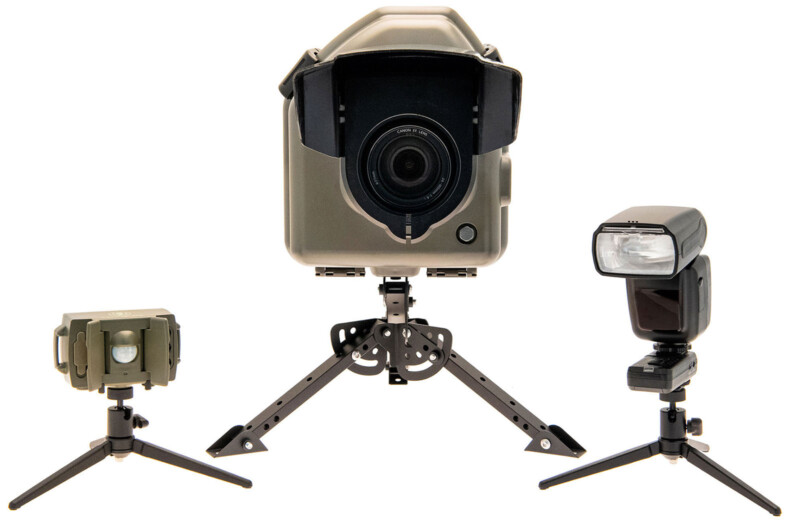
After dialing in his workflow with practice and experience, Budziak can start setting up his equipment around 45 minutes before sunset.
“By sunset, my camera, sensor, and flashes need to be placed properly,” he says. “The second the sun is fully down, I tweak my exposure and flash settings. I do one last test photo and take off. I need to be fast because wildlife gets super active right at sunset.”
Even with extensive experience and great scouting, Budziak still runs into challenges. The biggest challenge is that there’s such a small “sweet spot” where an animal must be for a photo to work.
“To have a solid composition, you need to be specific with lighting, so the animal really has to hit the mark. I’ve had five or six nights in a row where the animal is just a bit off. The success rate is super low with this kind of work.”
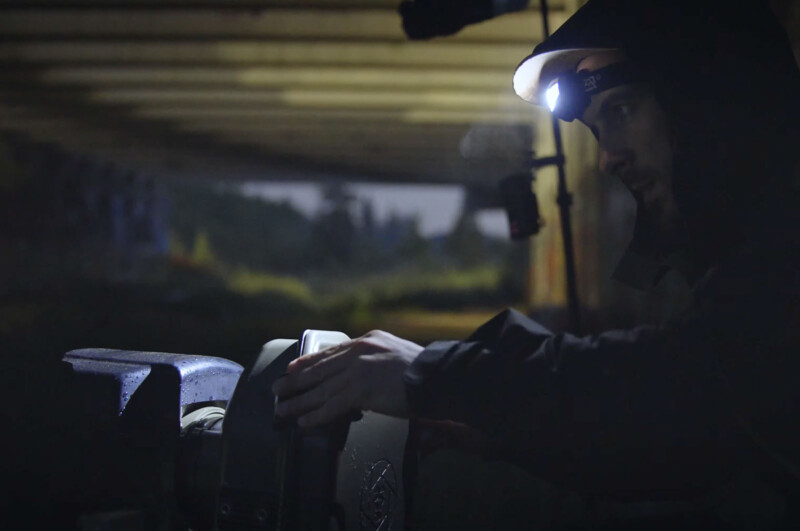
Sometimes Budziak sees wildlife before he finishes setting up. While putting together his camera trap a few weeks ago, Budziak encountered a coyote. It walked right toward him, and neither noticed until the last second.
“It panicked and took off,” says Budziak. “I was so mad because I really wanted a coyote in that spot, and none came back when my stuff was actually set up!”
Budziak chose his location in Edmonton because part of his assignment includes highlighting the dangers of road crossings for wildlife. Road deaths are the largest threat to urban wildlife in Canada. Around a dozen large animals, like deer, coyotes, or foxes, are killed by cars every hour in Canada. That sad number doesn’t account for smaller animals like rodents, birds, and amphibians.
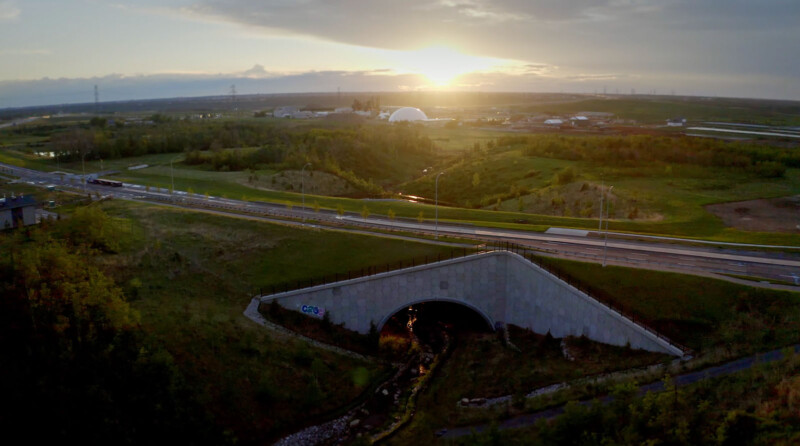
Building tunnels or bridges designed for wildlife to cross busy roads is becoming more popular nationwide. Part of encouraging public funds to protect wildlife is ensuring that the public understands the situation and the need for these wildlife crossings.
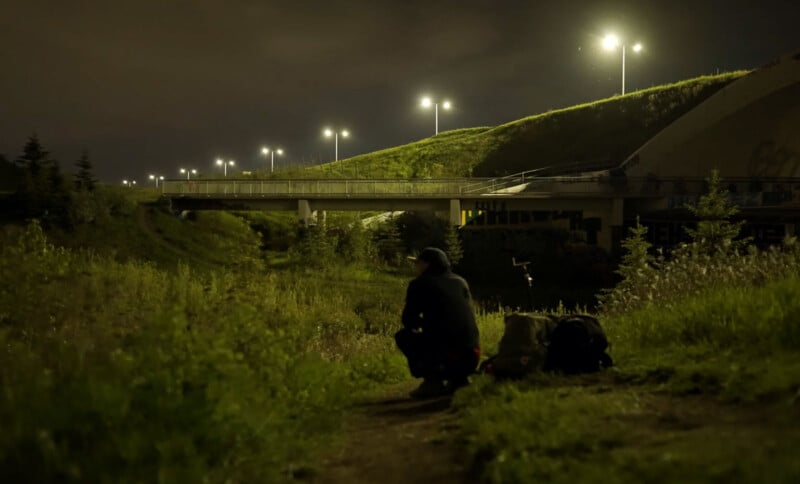
Unfortunately for Budziak, his chosen tunnel wasn’t popular the night he was there. The night quickly turned from disappointing to scary as Budziak and the crew returned to their vehicle. Budziak caught a glimpse of a pair of reflective eyes in the bushes at the right height to belong to a mountain lion. While cougar attacks are rare, the predators are extremely dangerous and must be treated with the utmost respect.
Budziak has a lot of experience around animals at night, but he was clearly rattled. “Probably tops my list of unexpected, terrifying encounters,” Budziak says.
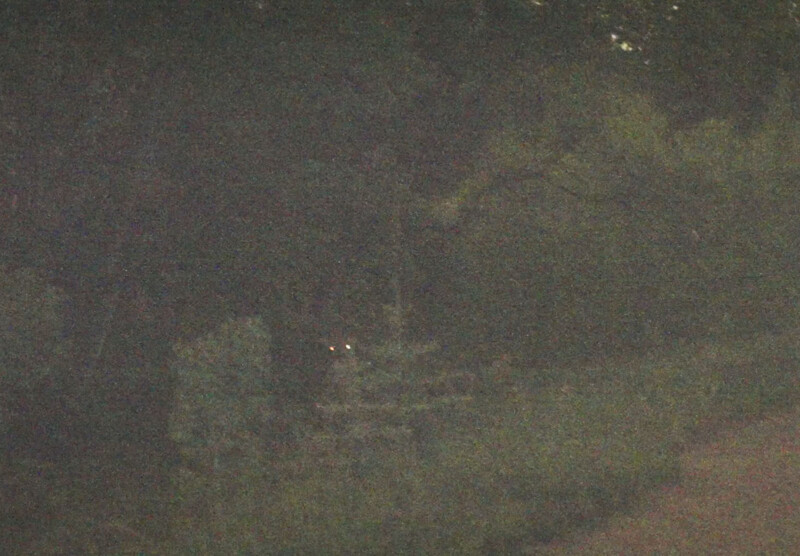
Undeterred, Budziak returned to the same underpass the next night and set up his camera trap in a slightly different spot. Wanting to get a good night’s rest and stay out of the cold, rainy weather, Budziak left his gear in the underpass overnight. It’s common for him to leave his equipment alone overnight. He tells PetaPixel he used to stay out with his gear all night, but it was “a killer” for his sleep. Budziak now just leaves his camera behind and “prays for the best.”
Even still, Budziak’s relief when he returned to find his gear still there was palpable. Unfortunately, nothing walked in front of his camera all night. It’s the frustrating reality that all wildlife photographers have experienced.
Wildlife photographers also know that sometimes you make your own luck, and simply being out in the field doing work leads to spontaneous photography opportunities. While scouting a newly-established greenspace for the next night’s camera trap attempt, Budziak spotted a rainbow. Then he saw a rabbit exploring a field that had taken over an abandoned industrial area. The first bit of urban wildlife in Edmonton was a pleasant surprise.
While finding a good place to set up for the night, Budziak spotted animal droppings. Wildlife photographers might be the only people around that are excited to almost walk in poop. Fresh scat and fresh tracks are auspicious signs.
Returning to the scene the next day to check his camera trap, Budziak’s hands were almost shaking. He “needed this photo.” Unfortunately, he got nothing.
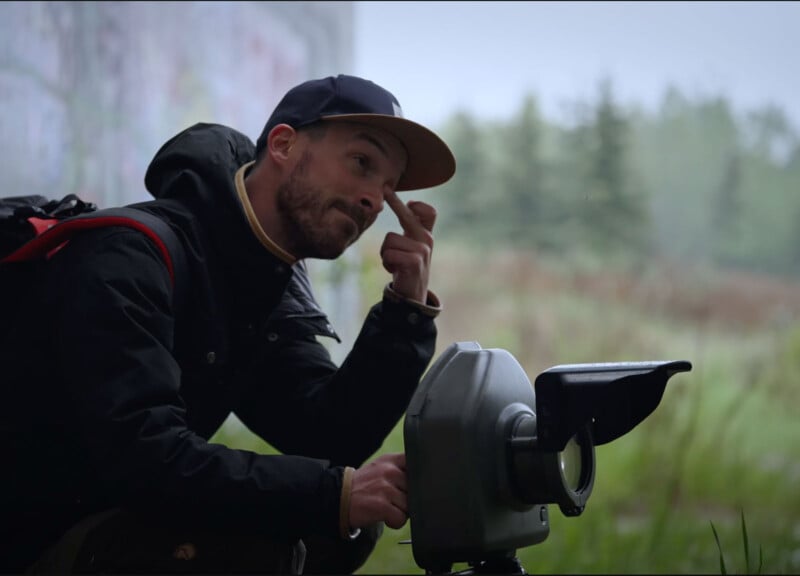
“Wildlife photography can be a very lonely endeavor,” says Budziak. “The success belongs to you, but so do the failures.”
Feeling discouraged, Budziak reached out to photographer Jenny Wong. She is a fellow of the Royal Canadian Geographic Society.
“You’re not looking to shoot 10,000 images. You’re looking at a story, and how to convey your message,” Wong says. “You’re trying to use your photos to communicate something. What are you trying to tell, and how many images do you need to do that?”
While well-known for her wildlife photography, Wong doesn’t consider herself a wildlife photographer. She thinks of herself as a storyteller.
“I don’t exclusively shoot wildlife. I think to really tell a story about an animal, you also have to look at its habitat, its surrounding, and its scenery. I think the most important thing is for you to experience it first. For you to understand why you’re there and to feel the story… if you went there with an idea or a concept, and you came back with the same concept, what was the point of you going there?” Wong continues.
“You went there with an idea, and hopefully that idea evolves and changes with the people that you meet, the things you see, and what you feel. I say just enjoy it. You should be blessed to be out there. Stop focusing just on the image.”
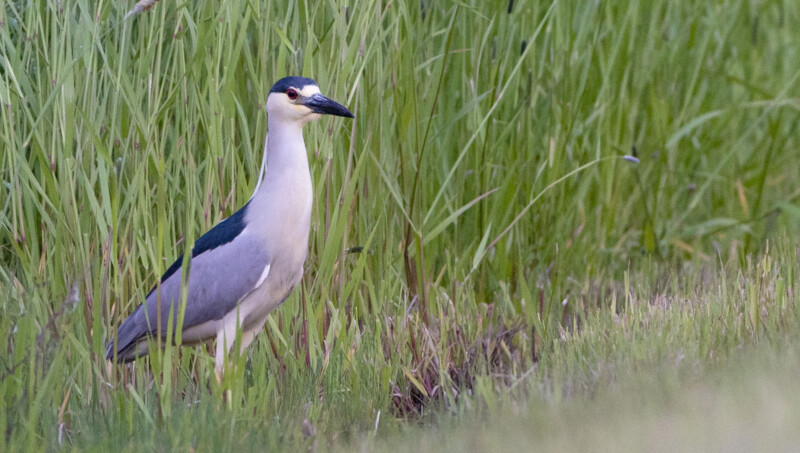
Budziak took Wong’s advice to heart and just went out and shot, and he’s glad he did.
“My goal here was to use one image to kind of tell this big story I had. I had this photo in mind inside the underpass,” Budziak says. “But I was thinking about what Jenny said today. I think it’s going to be best to use a collection of images. There are all these great little bits of life that revolve around these underpasses, and I’ve been able to capture some of them.”
![]()
![]()
“Putting these all together is really telling a great story. Hopefully, when these images line up together, it will tell the story of all this,” Budziak adds while gesturing toward a serene urban wildlife habitat.
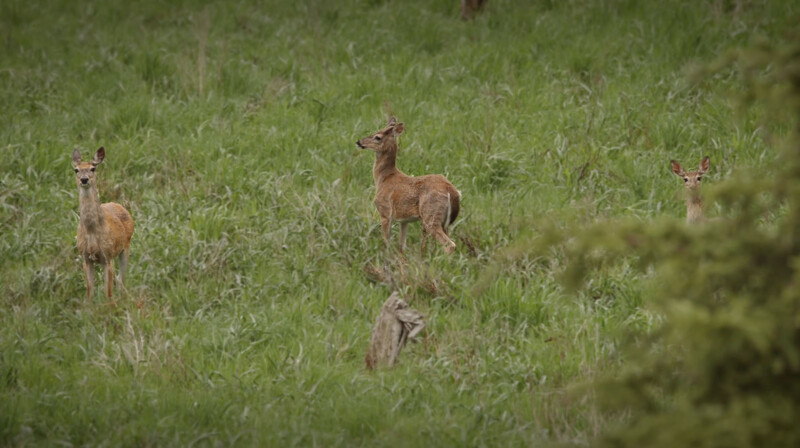
There are four episodes remaining in Budziak’s “Edge of Frame” urban wildlife photography series. Future episodes will be featured on Narcity’s YouTube channel.
Image credits: Images courtesy of Andrew Budziak and his “Edge of Frame” video series produced in partnership with Narcity